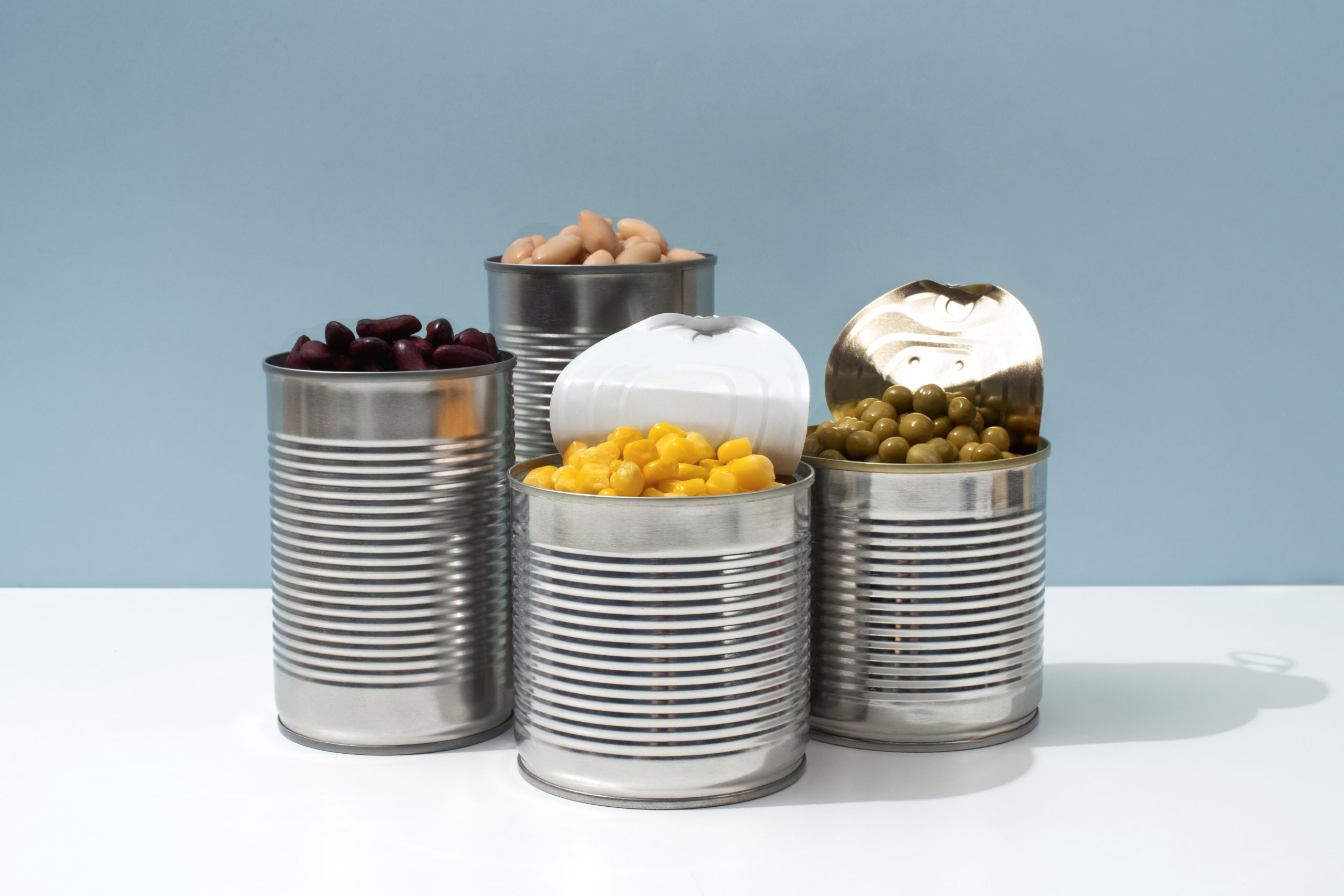Healthy eating especially at university can feel quite overwhelming. A good rule to follow is to add rather than subtract. Can you add extra fibre, add another serving of vegetables, add your recommended serving of oily fish to a dish. This is where the magic of tins comes in. While they often get a bad reputation, tins are a student’s cheat code to health. With a long lasting shelf life, low price point they make a perfect addition to any student kitchen.
The first category of cans students should really take advantage of are beans. High in fibre which according to studies done by the National Diet and Nutrition Survey 90 percent of adults in the UK don’t eat enough. Arguably already a student classic, with the humble baked bean, beans are an incredibly diverse cooking ingredient. You can enjoy them in the traditional way e.g. bean on toast, butter beans used to add creaminess in sauces and soups, black bean tacos, Jamaican rice and peas, hummus, chilli beans or mix beans into other meals in order to make it cheaper and more filling. Besides Heinz brand of baked beans in Nottingham’s supermarket you are hard pressed to find a single can of beans priced above a pound, particularly supermarkets own brand products which makes for the perfect pantry stocker for students.
The second impressive category of tins which students should incorporate are tinned fish. The average UK supermarket has a few main varieties of tinned fish, the obvious being tuna, but includes anchovies, salmon, trout, crab, sardines and mackerels. Fish provide nutrients such as omega 3, protein, salt and more depending on the variety. Once again this humble tin is a versatile ingredient that has been a consistent staple in a student’s diet. For example jacket potato and tuna (a classic), tuna melt toastie, anchovies used in cooking tomato pasta for boost in flavour, fish cakes, caesar dressing, sardines on toast, mackerel risotto, fish tacos and so much more. Honestly my favourite tinned fish meal is pasta, sardines, peas and some mayo, hardly the most aesthetically pleasing meal but a cheap banger none the less.

Back on the topic of fibre, fruits and veg in a can. Whilst fresh fruit and veg go off, especially when you’re cooking for one and there just is not enough time to eat everything, cans come in. You can neglect an unopened can of fruit or veg and it will still be there in four months time with no mold in sight. Tomatoes, peas, beetroot, carrots, sweatcorn, potatoes, pears, peaches, pineapples are all commonly canned. There is an endless opportunity from sweet to savoury. I’m sure at some point every single student in the modern day has made tomato pasta with a can of tinned tomatoes but there is so much more you can do, pea pesto, roasted beetroot burgers, pineapple upside down cake (where you can use the syrup as a replacement for sugar), charred sweetcorn miso dip or adding canned fruit to porridge.
Other more fun things that can commonly be found canned include coconut milk, bamboo shoots, and custard. These can all be great flavour boosters to add into meals or deserts on one of those days your cupboards are looking empty and you’re throwing together a random meal.
Why not combine all with a tinned tomato, cooked in anchovies (using the oil that they are stored to cook), with peas, butterbeans and coconut milk for creaminess to make the perfect pasta?

